«`html
Windows 10 vs. Windows 11: A Detailed Comparison
Upgrading your operating system can feel like a big step. If you’re debating whether to stick with Windows 10 or make the jump to Windows 11, you’re in the right place. This article provides a comprehensive comparison of the two operating systems, highlighting their key differences. At КЛЮЧИ ГАЛАКТИКА, we understand the importance of having the right software. That’s why we deliver genuine software licenses digitally and quickly. Before you decide on your next OS, let’s explore what makes Windows 10 and Windows 11 distinct.
The Start Menu: A Radical Redesign
The most immediate change you’ll notice is the Start Menu. Windows 11 brings a completely new approach:
- Pinned Apps: Moved from the right side to the top half.
- Static Icons: Live tiles are replaced with static icons in a grid.
- Search Bar: Relocated within the Start Menu, not the taskbar.
- Side Panel Shortcuts: Moved to the bottom.
- Recommended Section: New section showing recently used programs and files, synced with OneDrive.
- All Apps List: Now its own menu, accessible via a button.
- Windows Tools: Replaces the Windows System and Accessories folders with a shortcut to the Control Panel.
Taskbar Transformations
The taskbar also sees major changes:
- Centered Icons: Default alignment is now centered (though customizable).
- Taller Taskbar: Slightly taller than in Windows 10.
- UI for Active Apps: A colored line and transparent rounded square indicates active apps.
- Redesigned Animations: New animations for downloads, installations, and alerts.
- Bouncy Icons: Animations when opening and closing apps.
- Removed Features: Taskbar can only be docked to the bottom. Sizing options and “never combine” settings are gone.
- Drag and Drop: You can no longer drag and drop files in the taskbar.
- Right-Click Options: Limited to a shortcut to taskbar settings.
UI: Rounded Corners and Fluid Animations
Beyond specific elements, Windows 11 introduces broad UI changes:
- Rounded Corners: Sharp corners are replaced by rounded ones throughout the OS.
- New Animations: Opening, minimizing, and maximizing windows now have smoother, more fluid animations.
- Redesigned Icons: Icons are updated for a consistent modern look.
- New Wallpaper & Themes: New default wallpaper and 6 theme options (light mode is the default).
- Redesigned Windows Logo: Resembles the Microsoft logo more closely.
- Centered Lock Screen: Lock screen elements are centered. Quick status is removed.
- Mica and Acrylic Blur Effects: New blur effects showcase the desktop wallpaper.
- New Font: Introduction of Segoe UI Variable font for improved readability.
- Splash Screen & Backgrounds: Opening apps now show a black or white background depending on the mode.
- Context Menus: Updated with a more modern look but retains an option to view the classic menus.
- Alert Boxes: Redesigned for alerts like display settings and low battery warnings.
- Text Boxes: Have a colored line at the bottom.
- Sign-in Screen: Features a dark text box with an integrated arrow.
- System Sounds: Different sounds for light and dark modes.
Action Center Overhaul
The Action Center has been revamped and split into two new menus:
- Quick Settings: Combines toggles, volume, brightness, and Wi-Fi controls into one menu. Access it using Windows + A.
- Notifications & Calendar: Notifications are displayed above the calendar. Access it using Windows + N.
- Focus Assist: Offers a quick settings shortcut for focus assist within the settings app.
- Simplified Calendar: Lacks integration and detailed clock, only showing the date.
Widgets Panel and News Feed
The news feed from Windows 10 is essentially replaced by the widgets panel:
- Widgets Panel: Similar functionality as the news feed, but accessed from the taskbar using Windows + W.
- Customization: Partially customized within the panel and partially through Microsoft Edge.
Enhanced Multitasking
Windows 11 brings various enhancements to multitasking:
- Simplified Task Viewer: The Timeline feature is removed.
- Virtual Desktops: Can have individual wallpapers.
- Snap Assist Preview: Features a frosted glass look, and smarter window management.
- Группы Snap: Windows snapped together are automatically grouped for easy access.
- Resizing Line: The line that appears when resizing windows disappears when used.
Built-in Apps and Programs
Many apps and programs have been updated in Windows 11. Here are some highlights:
- File Explorer: Ribbon UI is replaced with a simplified toolbar.
- Settings App: Completely overhauled for improved navigation and organization.
- Microsoft Store: New UI and various improvements including acceptance of more app types (.exe installers, PWAs and even Android apps.)
- Skype: Pre-loaded in Windows 10, removed in favor of Microsoft Teams integration.
- Internet Explorer: Disabled in Windows 11.
- Snipping Tool: Replaces Snip & Sketch with a more modern UI.
- Windows Terminal: Now pre-loaded, combining Command Prompt, PowerShell and other command lines.
- Clock: New feature called Focus sessions for productivity.
Exclusive Apps
Some apps are preloaded exclusively on each OS:
- Windows 10 Exclusives: 3D Viewer, Math Input Panel, Mixed Reality Portal, OneNote for Windows 10, and the People App.
- Windows 11 Exclusives: Get Started, Microsoft News, and Microsoft To Do.
Tablet Features
Windows 11 treats tablet mode differently from Windows 10:
- Taskbar Spacing: Icons are simply spaced out when in tablet mode.
- Touch Controls: Easier to use with “stickier” touch elements.
- Gestures: New and modified gestures for navigation, including switching between virtual desktops with four-finger swipes, and switching between windows with three-finger swipes.
- Screen Rotation: Has been changed, flipping everything like it does in iOS.
- Touch Keyboard: Completely overhauled with rounded keys and theme options.
Setup Experience
The setup process has also seen some changes:
- New Setup Screen: Vibrant colors, blurs, new animations, icons, and loading screens.
- Cortana Removal: Cortana is no longer part of the setup experience.
- Computer Naming: Ability to name the computer is now available.
- Desktop Animation: The desktop background animation is also different, with a constantly moving light.
- Start Menu Popup: After setup, the start menu will automatically pop up.
Центр обновления Windows
Windows update differences:
- Update Text: Updated the language used during updates.
- Estimated Time: Windows Update now shows the estimated amount of time needed to complete updates.
- Feature Updates: Windows 11 will get one feature update a year.
Часто задаваемые вопросы (FAQ)
Can I still use a 32-bit version of Windows?
No, Windows 11 no longer supports 32-bit systems. If you need a 32-bit OS, you’ll need to stick with Windows 10.
Can I move the taskbar to the top or side of the screen?
No, in Windows 11, the taskbar can only be docked to the bottom of the screen.
Can I still use Internet Explorer in Windows 11?
No, Internet Explorer is disabled in Windows 11. You will be using Microsoft Edge instead.
How often will I receive feature updates for Windows 11?
Windows 11 receives one feature update per year, unlike Windows 10 which had two.
Where can I find the traditional context menu options in Windows 11?
You can access traditional context menu options by right-clicking and selecting “Show More Options” in the updated context menu.
Are the new sounds in Windows 11 very different?
Yes, Windows 11 has different sounds for light and dark modes. The dark mode sounds are more echoed and muted, while light mode sounds are clearer.
Ключевые слова
- Виндовс 10
- Виндовс 11
- Start Menu
- Taskbar
- UI Design
- Multitasking
- Проводник файлов
- Магазин Майкрософт
- Tablet Mode
- Центр обновления Windows
- Operating System Comparison
- Лицензия на программное обеспечение
- КЛЮЧИ ГАЛАКТИКА
- Майкрософт
“`

